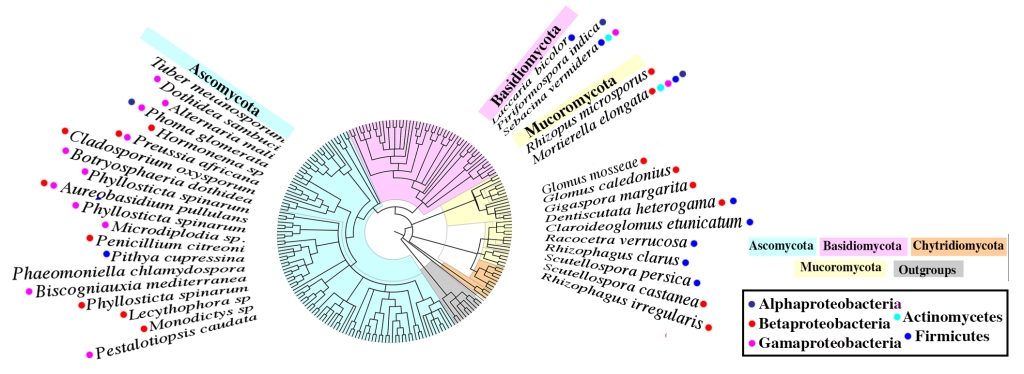How do Fungi and Bacteria interact?
Fungi and bacteria often exchange metabolites, often impacting each others growth rates and physiology. Often their symbiotic fitness varies by environment. To answer these and similar questions we use a combination of imaging and comparative evolutionary genomics approaches. For supporting details see Uehling et al. 2017 and 2019.
How ubiquitous are endosymbionts in the fungal kingdom?
Endosymbiotic bacteria have been documented in almost all groups of the fungal tree of life by multiple authors and studies. They form stable, long-term, co-evolved symbioses with Mucoromycota fungi.

Review of endosymbiont diversity in fungal lineages documented in the primary literature
How do endosymbiont genomes evolve in response to their intracellular life style?
How do populations of fungi and their bacterial associates reflect selective pressures of endosymbiosis?

Endosymbiont genomes often contract due to differential selective pressures of the eukaryotic intracellular landscape. Lineages of Mucoromycota fungi have been associating with lineages of Betaproteobacteria and other endosymbionts for >300 million years. To answer these and related questions we use phylogenomics and comparative genomics. For more detail see Uehling et al. 2017.
